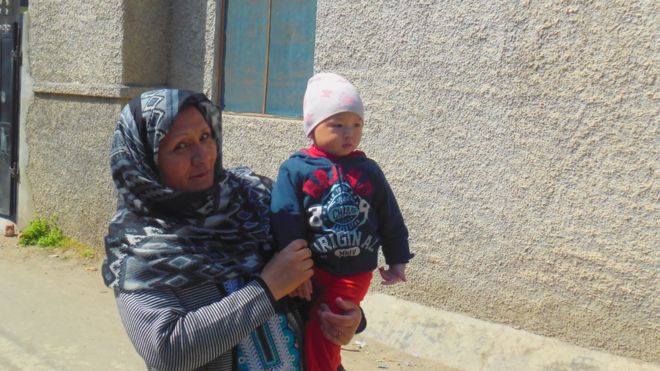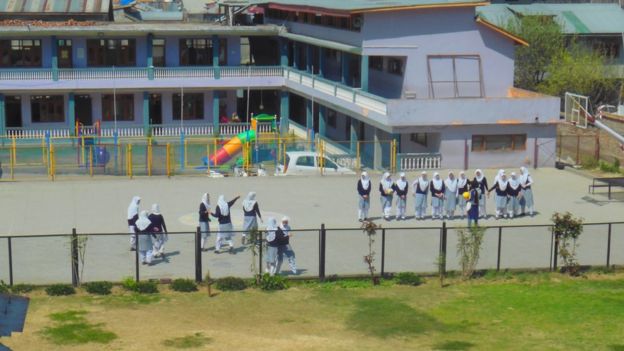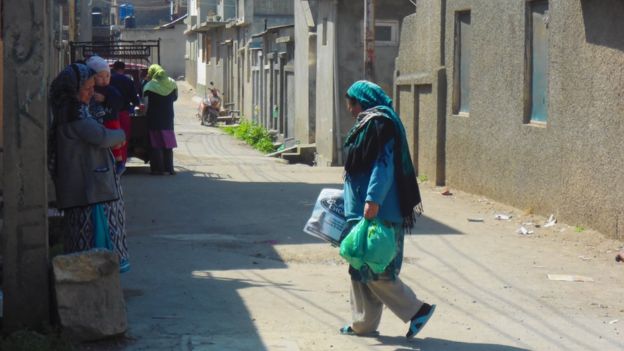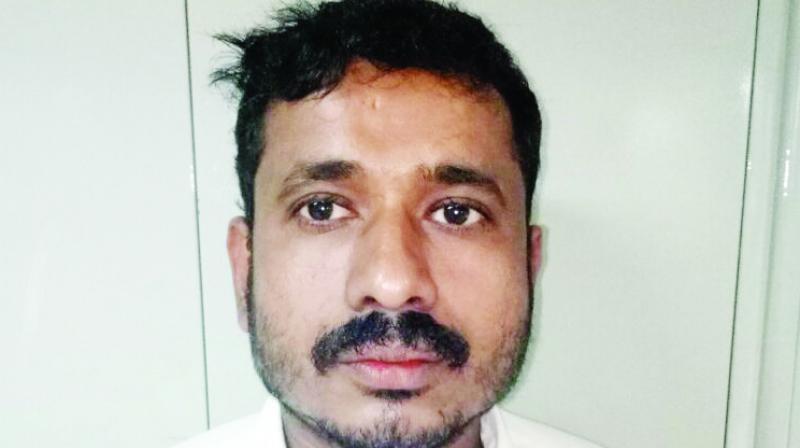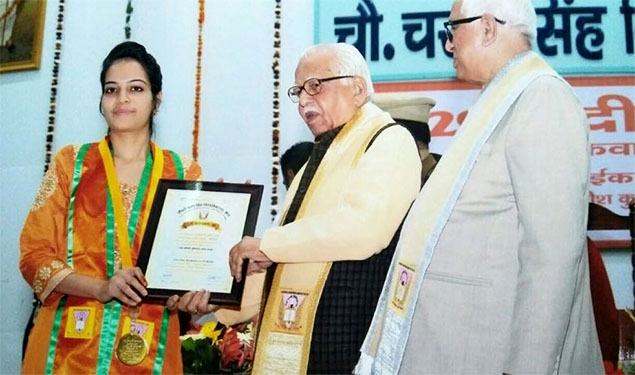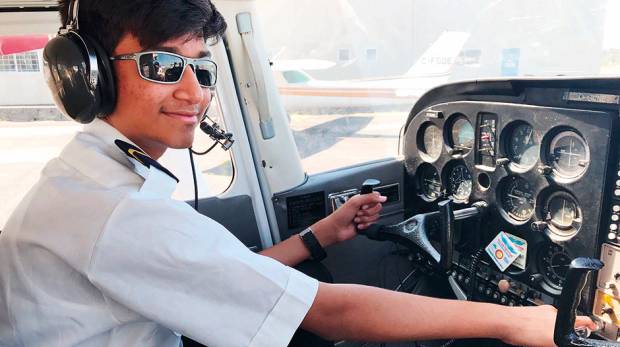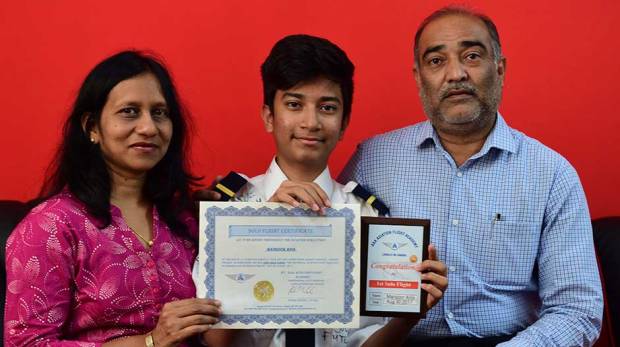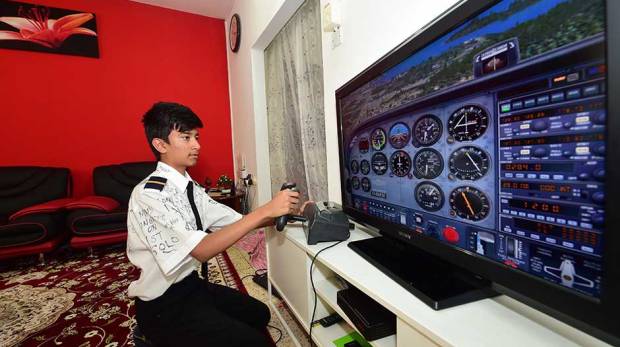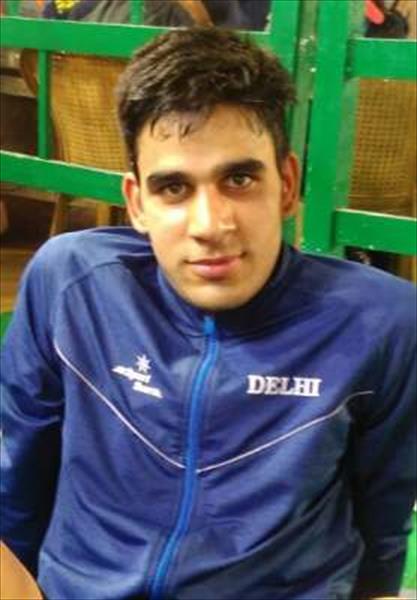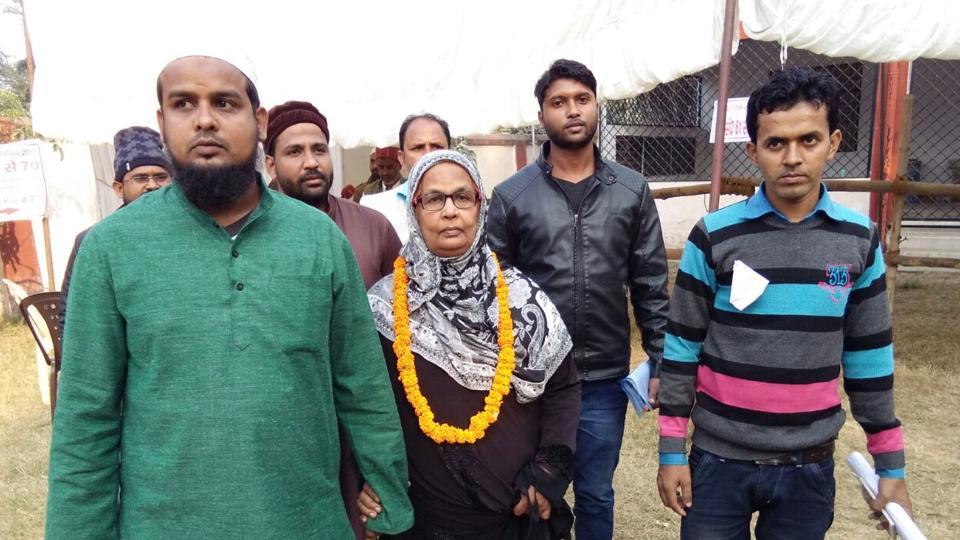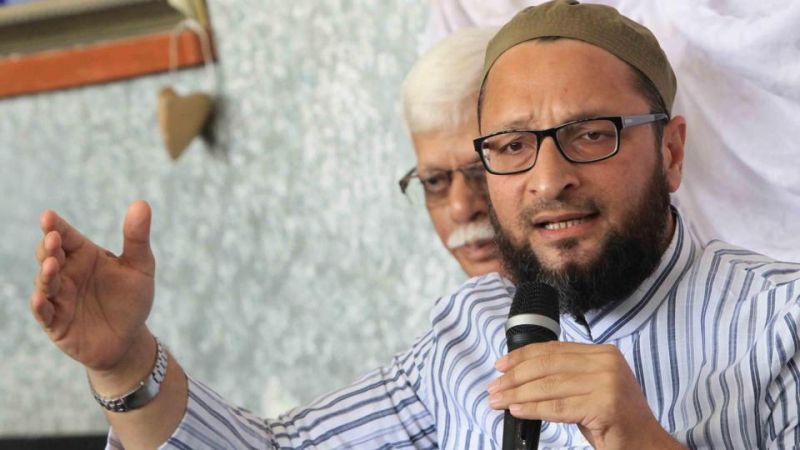Hyderabad,(undivided Andhra Pradesh) , TELANGANA :

Moinuddin knew Nizam’s men had found their hideout; freedom had not yet arrived in Hyderabad
As August 15, 1947 dawned in Hyderabad, fear and anticipation built up in the Nizam’s dominion about the fate of the kingdom. Muhammad Khaja Moinuddin, 19, was underground, hiding in a house in the Asifnagar area of the city, along with the top Communist ideologues Raj Bahadur Gaur, Maqdoom Moinuddin and Jubbar Rizvi. Muhammad Moinuddin says he was the “gunrunner” of the Communist Party.
At the rail station
Elsewhere in the city, Snehalata Bhoopal, scion of a Samasthanam (feudal state), drove her beige-and-white Wolseley to Secunderabad station to see how the day unfolded in the garrison town. At the end of the day, nothing happened at the railway station, and Ms. Bhoopal, seven months pregnant, drove back to her home at Bholakpur.
Mr. Moinuddin, a feudal lord from Mongol (where Chief Minister K. Chandrasekhar Rao now has a farmhouse), took the role of gunrunner with elan. As a Muslim, nobody would suspect him as a courier for Communists, and as a feudal lord, nobody dared to stop him.
While the whole country was gripped with the fervour of Independence and chants of Azadi, Hyderabad’s fate was left to the whim of one person: Mir Osman Ali Khan, the seventh ruler of the Asaf Jahi dynasty. Only a decade earlier, the Time magazine ran a photograph of the ruler on its cover with a caption: “Richest man in the world.” He didn’t want to let go of the power and privilege in the last remnant of the Mughal rule.
“We were stirred into action by Maqdoom’s song: Ye jung hai jung-e-azadi, azadi ke parcham ke tale… (It is a war, a war of Independence under the flag of freedom),” he says. Once the freedom movement gathered pace, we wanted Hyderabad to merge with India. “We were fighting against feudalism and wanted to see the end of it,” says Mr. Moinuddin, who was in the thick of action in the Telangana Rebellion — or as it was called, the Telangana Armed Struggle.
Crass feudalism
“The armed struggle was against the crass feudalism in the region where doras(landlords) had absolute power of life and death over citizens. I used to have a servant whose job was to stand outside the mansion waiting for my orders. I had the bastion outside the house demolished, and I told the man I would call him when I needed his services,” says the wheelchair-bound Mr. Moinuddin in his robust voice.
Armed with a pistol and double-barrel gun, Mr. Moinuddin played the role of a guard of top Communist leaders.
“By the evening of August 15, we learnt that our hideout had been discovered and we had to move. While some of the leaders walked away and others were driven away, I had the job of destroying evidence in the house. It was a huge house where we had to go hungry. I collected all the papers in the house and slowly burnt them in the kitchen. Then I put the ashes in the drain and poured water and escaped from the place,” Mr. Moinuddin says.
Hyderabad had to wait an additional 13 months before being integrated with India, with soldiers marching in on September 18, 1948 and the Nizam’s soldiers surrendering their weapons.
source: http://www.thehindu.com / The Hindu / Home> Independence Day / by Serish Nanisetti / August 14th, 2017
